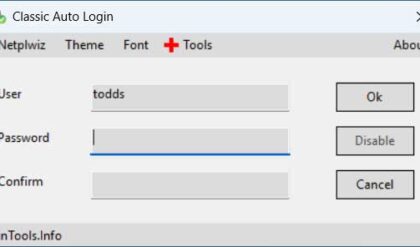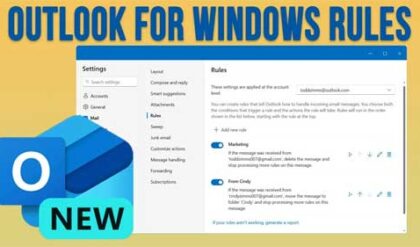Microsoft is continuously releasing patches and updates for Windows, Office and other products that they sell. Most people use Automatic Updates to download and install these updates and simply let their computer decide when to do so. Many updates, especially Windows updates require a reboot of the computer in order to complete the installation.
Often after you do an update that requires a reboot Windows will reboot the computer for you without you knowing it if you aren’t sitting in front of it. This is not a good thing to do if you have something running on your computer that you have not saved or cannot be closed. Most (but not all) versions of Windows will allow you to turn off the auto reboot feature used by Automatic Updates. You will need to have a professional or enterprise version of Windows to do this procedure depending on what version of Windows you are running. If you can’t do step 1 then you know you won’t be able to do this on your computer.
To change this setting you can use the Windows Group Policy Editor by following these instructions:
1. Click Start, Run, type gpedit.msc, then click Ok.
2. Navigate to the Computer ConfigurationAdministrative TemplateWindows ComponentsWindows Update folder.

3. Double click No auto-restart for scheduled Automatic Updates installations. In the dialog box that appears, select Enabled, and then click Ok.

4. Close the Group Policy Editor window. That’s it!
Now you won’t have to worry about Windows rebooting your computer for you and losing your data.






